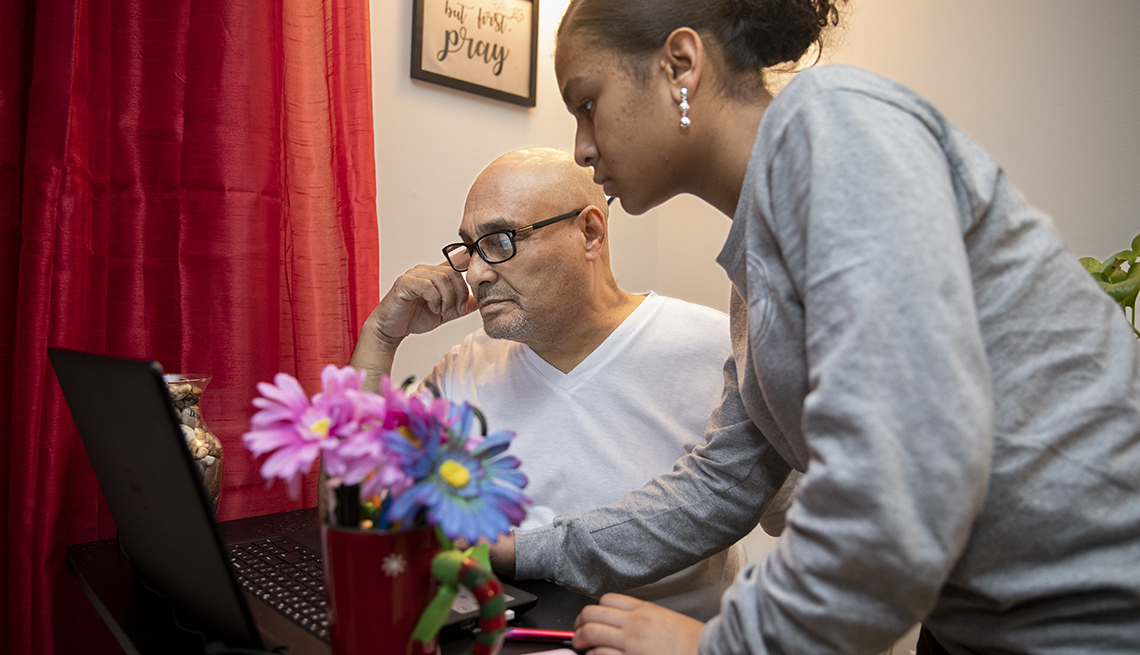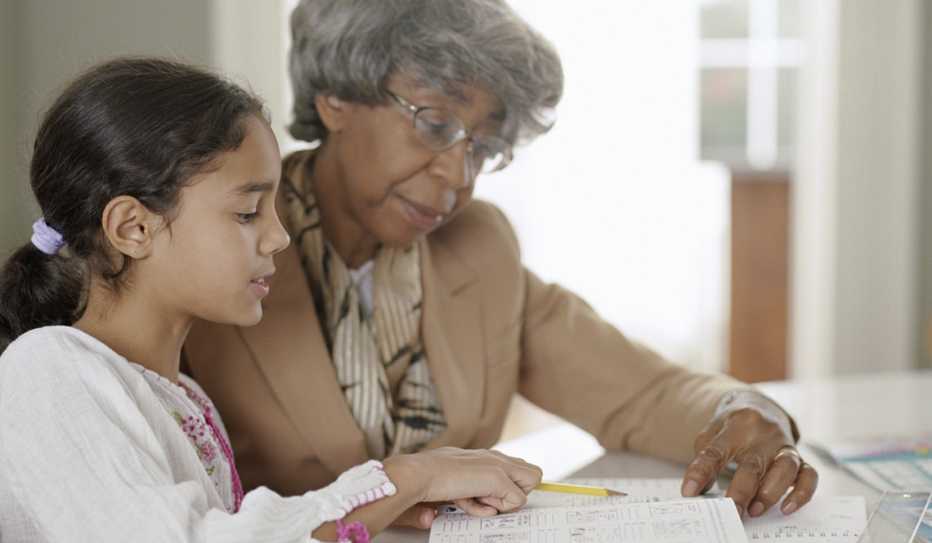Staying Fit
They lived more than a year without a permanent home, but Peter Cordero and his 12-year-old granddaughter, Jaida, found a place to lay their heads at Grandparent Family Apartments. This 50-unit complex in the South Bronx, New York, was designed specifically for grandparents raising grandchildren.
Jaida gets tutoring help and no longer has to worry about where to do her homework in the cramped quarters of a homeless shelter. “When she first came to see the apartment and they gave us the keys, she was the happiest girl in the world,” says Cordero, 64, who has raised Jaida since birth because her mother was unable to care for her.


AARP Membership— $12 for your first year when you sign up for Automatic Renewal
Get instant access to members-only products and hundreds of discounts, a free second membership, and a subscription to AARP the Magazine.
But Cordero has chronic obstructive pulmonary disease (COPD) and emphysema, and supports the two of them on disability income. “If it was just me, I'm OK. I can survive,” he says. “But she's growing; she grows out of her clothes.” At Grandparents Family Apartments, he pays $303 in monthly rent, an amount based on his income.
This “grandfamily” complex opened in 2005, part of a trend in which such specialized housing has been developed in 17 U.S. cities, according to the nonprofit group Generations United.
Communities with grandfamily housing options
- Phoenix, Arizona
- South Tucson, Arizona
- Hartford, Connecticut
- Washington, D.C.
- Chicago, Illinois
- Baton Rouge, Louisiana
- Baltimore, Maryland
- Boston, Massachusetts
- Kansas City, Missouri
- Paterson, New Jersey
- South Bronx, New York
- Cleveland, Ohio
- Beaverton, Oregon
- Grand Ronde, Oregon
- North Portland, Oregon
- Smithville, Tennessee
About 2.6 million children are being raised without a parent in the home by grandparents, other relatives or close family friends, Generations United says. That dynamic is driven, at least in part, by social problems such as the opioid epidemic, incarceration and — most recently — immigration policies that have left American-born children separated from their parents. This has put particular stress on grandparents, many of whom lack the money or coping skills to take on all the challenges of a parental role.
"The complexes that are successful have the social workers, the tutors, the support groups, the special services,” says Donna Butts, Generations United executive director. “Where it has not been successful is where it was just an apartment."




































































